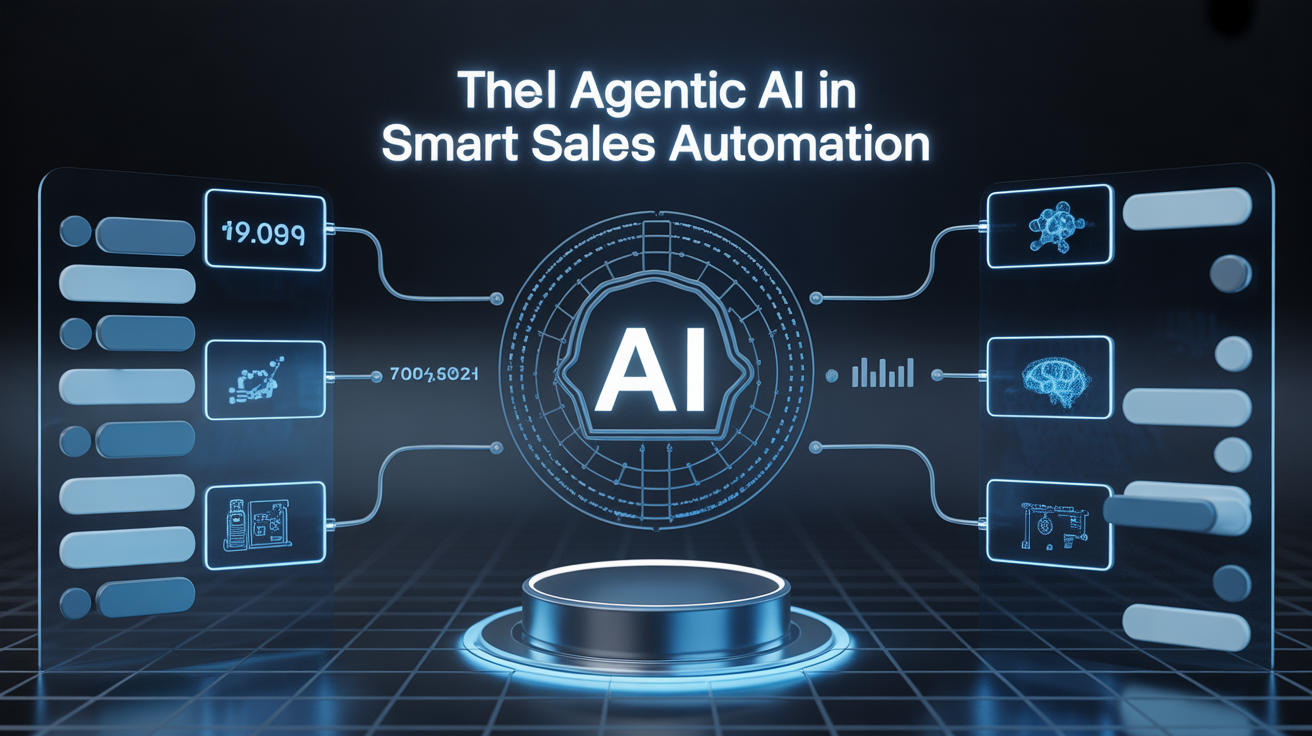
The digital era has brought about connectivity and the widespread use of technology in our everyday lives. However, this surge in information technology and systems has created more potential for attacks and made people vulnerable to cyber threats. The increased interconnectivity and convenience have come at a cost, so it's essential to find ways to protect ourselves from these threats.
Luckily, the field of cybersecurity is taking on new technologies, such as data science, to help better predict outcomes and collaboration with courses like the Master of Data Science online at the forefront. This article will examine the different methods and roles that data science has in cybersecurity.
Understanding Data Science in Cybersecurity
Fundamentally, data science in cybersecurity entails utilising methods, algorithms and systems to detect and prevent attacks before they cause damage. The main objective is to utilize datasets to identify patterns, detect irregularities and foresee incidents to enhance the defences of digital systems.
This data science process in cybersecurity involves data analytics tools and data analysis to oversee, control and forecast security threats. It employs methodologies like machine learning and artificial intelligence to derive insights from cyber data, aiding in making informed decisions and taking proactive measures.
Conventional cybersecurity approaches are typically rule-based and capable of recognising threats but are restricted in spotting emerging risks. In contrast, data science provides a method that continuously learns from data flows to adjust and identify evolving threats that might not trigger alert systems. This adaptability is the core reason data science plays a role in cybersecurity strategies.
Utilising Data Science in Cybersecurity Application
Data science is integrated across many aspects of cybersecurity and can range from identifying behaviours to creating predictive models to stop attacks. Let's explore some areas where data science is transforming cybersecurity practices.
Detection of Anomalies
The most obvious use of data science in cybersecurity lies in anomaly detection, which usually takes quite some time when done manually. Thankfully, the advent of data science speeds up this process significantly and makes it completely automated. These systems can perform anomaly detection by setting up systems that can spot deviations that hint towards security breaches. This continual monitoring and immediate analysis enables responses to risk and makes your systems more secure.
Forecasting Analysis
Forecasting analysis uses data and advanced algorithms to predict the likelihood of cyber threats. These insights empower organisations to strengthen their defences and reduce risks before they escalate into incidents.
Forecasting works by analysing previous trends within the organisation and the likelihood of any external risk affecting it. These forecasts can be very powerful as they give a window of opportunity to prepare for different scenarios.
Response to Incidents
Swift and efficient incident response is crucial in case of a security breach. Data science tools can help by pinpointing the source and nature of the intrusion and providing assistance to cybersecurity teams in containing and analysing the attack. This is usually done by collecting and analysing information from network incidents, data logs and previous breaches. The insights provided by data science help develop an appropriate response to the incident.
Obstacles and Constraints
Although data science's potential in cybersecurity is significant, its implementation comes with challenges. Like any new technology, we need to monitor potential issues and constraints. Here are some obstacles and constraints we should be aware of when considering the role of data science in cybersecurity.
Privacy Concerns
Utilising information poses ethical and legal dilemmas in cybersecurity practices. A careful balance must be struck between adhering to privacy regulations and extracting insights from data. All staff and stakeholders must be aware of how their data is used, or else businesses may face legal issues later. Maintaining stringent security protocols for any business is an excellent practice, so ensure that you have these in place before utilising data science.
Cybersecurity Workforce Skills Gap
There is a discrepancy between the demand for professionals in data science and cybersecurity and the number of individuals available. Closing this disparity necessitates investments in training schemes. Incorporating data analytics into cybersecurity also calls for professionals who can analyse the findings and make decisions, underscoring the importance of individuals possessing both technical expertise and industry insight.
Challenges in Integrating Existing Security Systems
Older security systems and data structures often do not align well with data science tools, leading to inefficiencies that may hinder the effectiveness of cybersecurity efforts. Therefore, more work needs to be focused on implementing appropriate changeovers. It may take some time to adapt as we don't currently understand the requirements of new data science technology, but with some effort, these can be successfully integrated.
Future Trends and Innovations in the Field
The fusion of data science and cybersecurity is poised to generate groundbreaking solutions that will revolutionise our defence strategies. Several emerging trends are noteworthy, so let's examine some major ones.
Utilising Machines Learning for Threat Intelligence
Machine learning mechanisms continually enhance their capacity to analyse datasets, providing insights into potential threats. These systems will contribute to threat intelligence, empowering organisations to make more informed decisions and respond swiftly to security challenges. Machine learning means that artificial intelligence is integrated and changes can be adapted in real-time, and time is the most important thing when dealing with threats.
Making the Most of Automation
Automating security tasks isn't necessarily lazy; it can make the entire department more efficient by allowing humans to concentrate on higher-level endeavours. This automation of threat response means that teams can enhance responsiveness and efficiency in the long run. It also means that threats and urgent situations can be handled promptly because staff focus less on lower-level tasks.
The Impact of Quantum Computing
Quantum computing poses challenges and opportunities for cybersecurity. While the potential risk of compromising encryption standards is a concern, quantum computing methods can also be used to develop cryptographic protocols, thereby expanding the boundaries of digital security. This is a massive industry to watch in the future.
Conclusion
Integrating data science in cybersecurity represents a progression that improves our ability to combat an increasingly complex digital threat landscape. By leveraging data and advanced analytics, cybersecurity experts are not responding to incidents but are proactively predicting and preventing them.
The role of data science in cybersecurity is evolving, and it demands dedication to innovation, cooperation, and ethical standards. Let's do what we can to adapt to the constantly changing demands of the internet era so that all our businesses can thrive.



